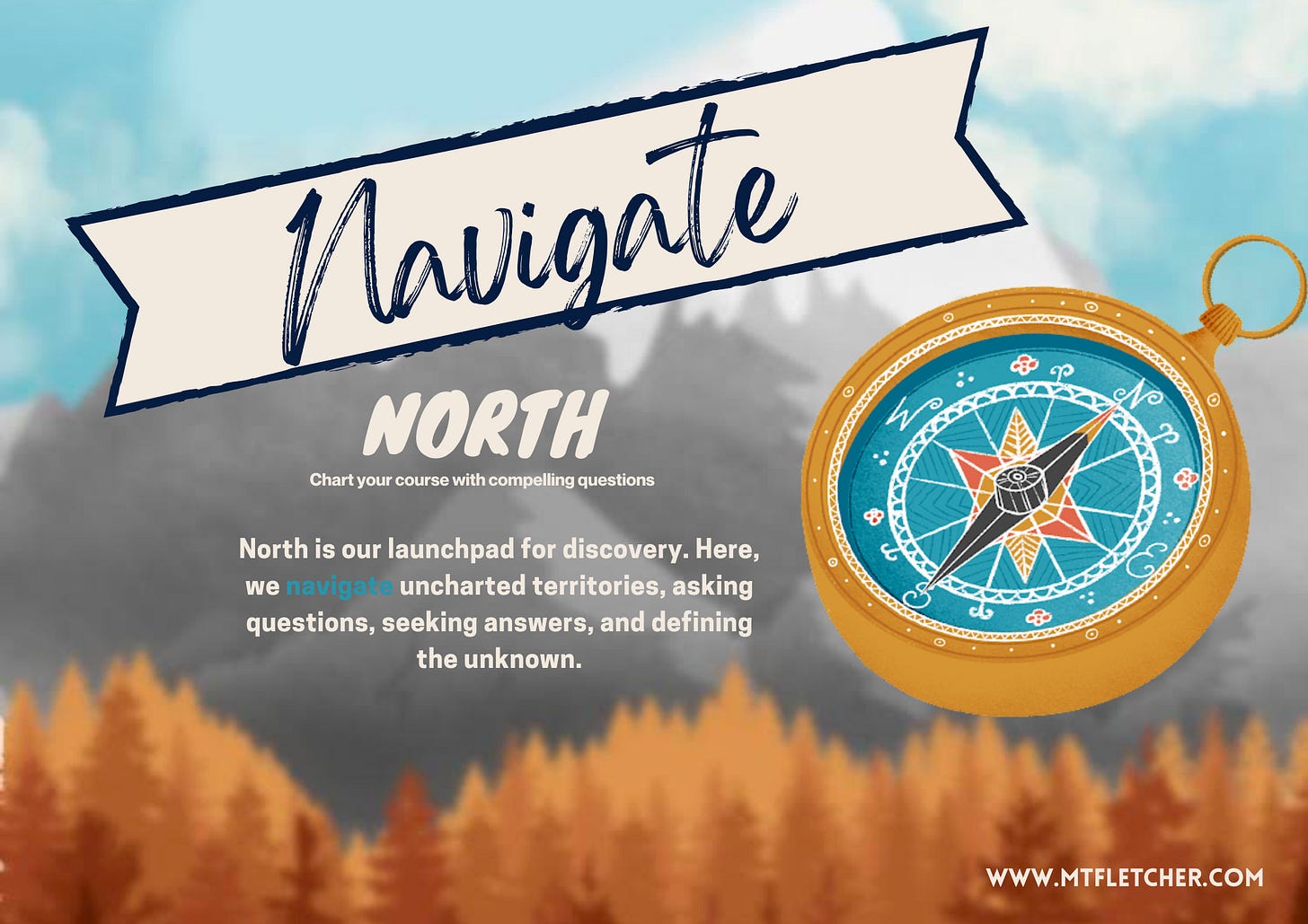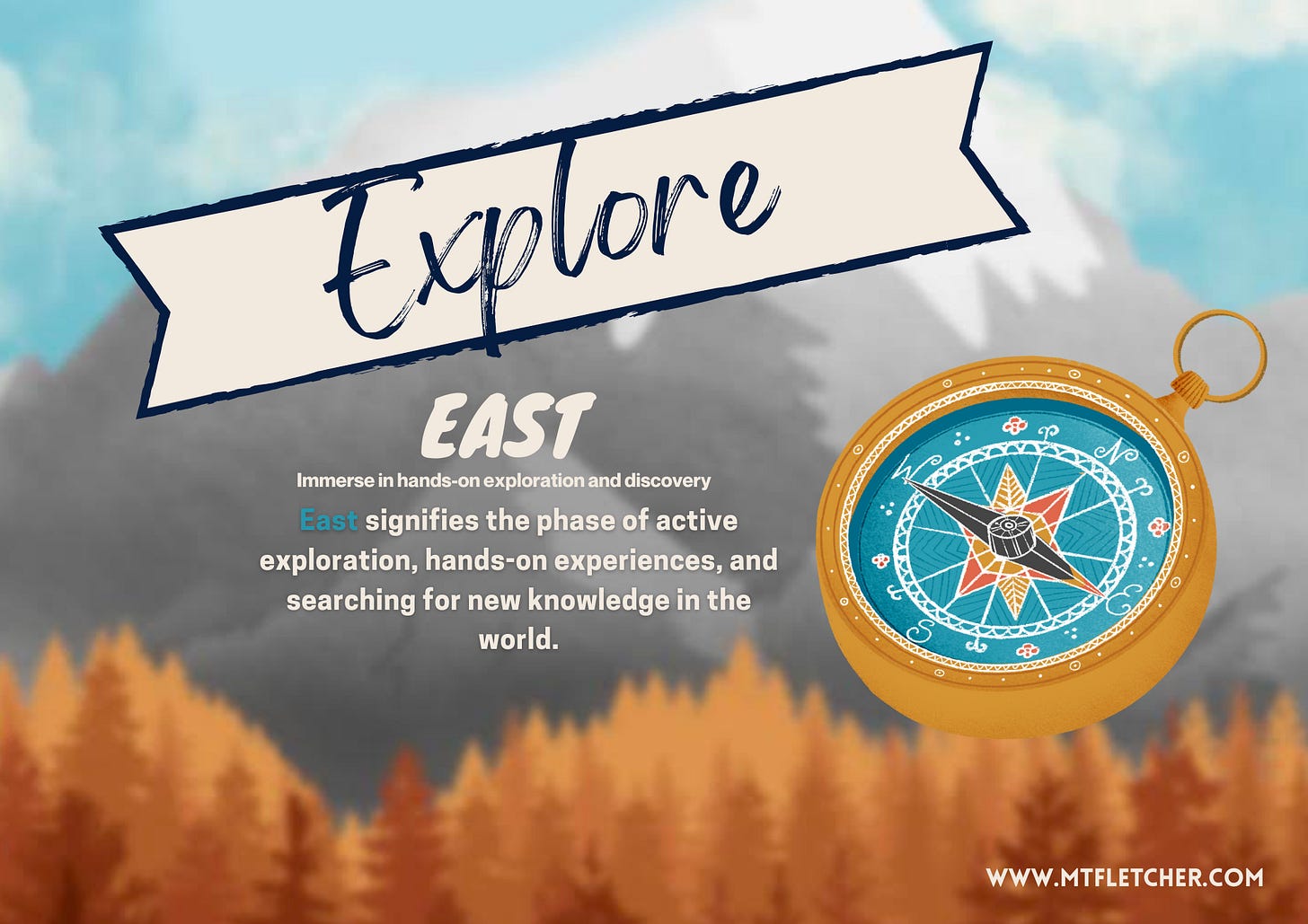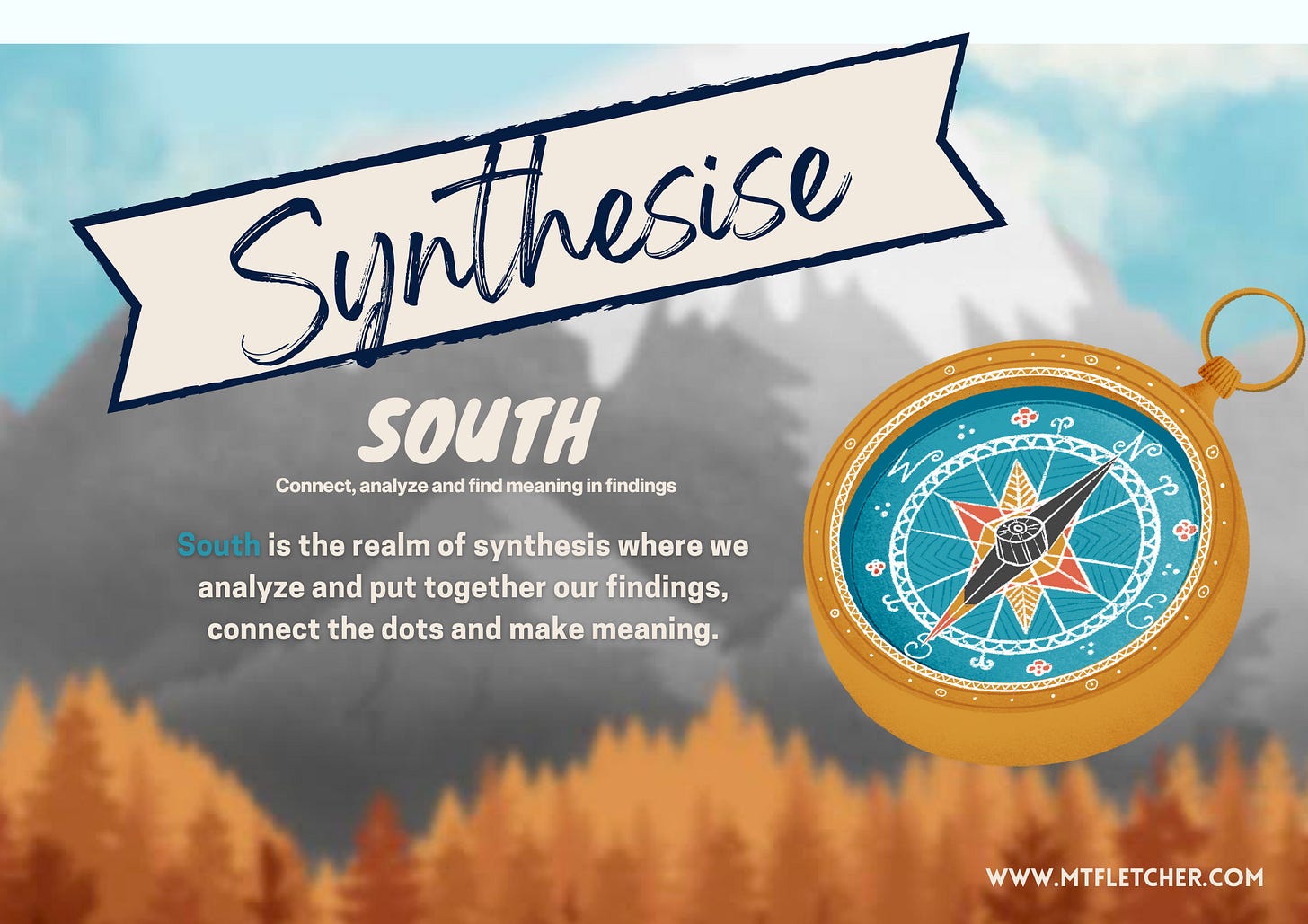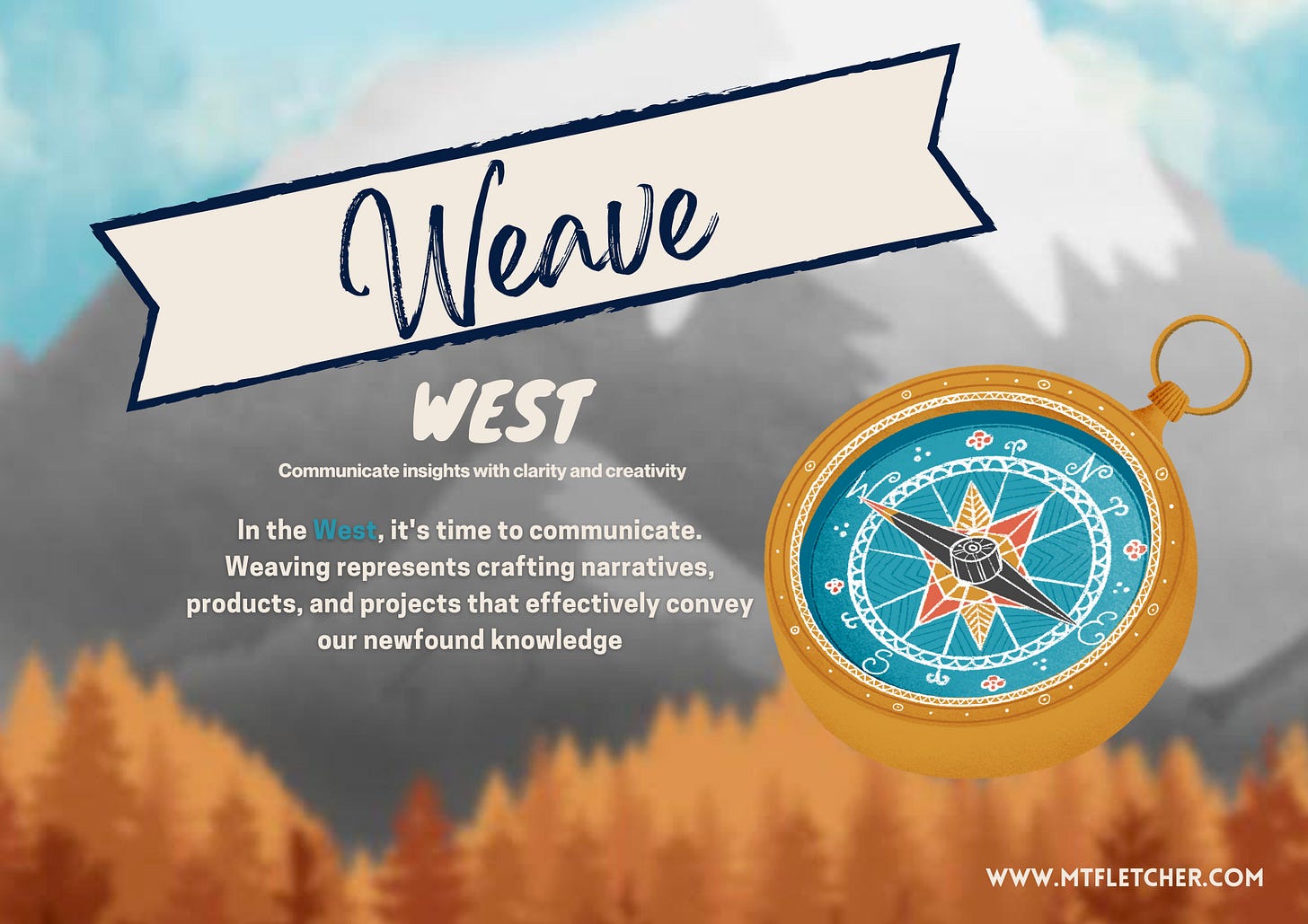Let Them Lead the Way: A Free Inquiry Project for the End of Term

As the academic year winds down, I often find myself asking: What will students remember? Not just which texts we studied or which essays they submitted, but what questions stayed with them. What did they truly connect with?
This year, I want to end differently. I don’t want to review for the sake of it, or squeeze in a mini-unit no one would remember. I want to give students the chance to look back on everything they’ve learned and use it to follow a passion. Something they were curious about. Something theirs.
That’s how the Free Inquiry Project was born — a short, purposeful unit rooted in reflection, creativity, and student voice. It invites learners to draw on all their thinking from the year and channel it into an inquiry of their own making. Literature, film, genre, theme, technique — all of it is fair game.
A Shift in My Teaching
Earlier this year, during a unit on The Giver, a student asked, “Why do some authors leave the ending open, while others tie everything up?” It wasn’t part of the lesson. But it was the kind of question we hope students will ask — the kind that reveals genuine engagement.
That moment reminded me how powerful it is when students feel ownership over their thinking. So I set out to build a structure that could support that kind of autonomy, without leaving them adrift.
My Expedition into Inquiry Model
For those of you who read my posts or have followed my work, you’ll know that I often use the Expedition into Inquiry framework. I’m still developing the book that outlines this method of inquiry-based learning, but I hope this mini-unit offers a clearer insight into how it can be used meaningfully in the classroom.
The Free Inquiry Project is structured around a four-stage framework I developed: Expedition into Inquiry. Each stage aligns with a direction — a metaphorical compass to guide the process. Although the following outlines the project to be used for an English literature class, the content can totally be changed for any subject.
Feel free to download the images and use them in your classrooms:
Navigate (North)
Students begin by identifying an idea, theme, character, or technique that truly interests them. Through brainstorming routines like I See / I Think / I Wonder and Question Starts, they craft a rich, open-ended inquiry question. The only rule? It must matter to them.
Explore (East)
Here, students dive into research and discovery. They rewatch scenes, reread passages, dig into reviews, compare texts, listen to podcasts, annotate — anything that helps them investigate their question from different angles. One student compared coming-of-age themes in Spirited Away and Catcher in the Rye; another explored how silence builds tension in horror films.
Synthesise (South)
Students begin connecting the dots. They group ideas, sketch mind maps, build outlines, draft claims, and start forming their interpretations. This stage is all about making meaning from the mess — finding patterns, shifts, contradictions, and insights.
Weave (West)
Finally, they create something. A podcast. A video essay. A storyboard. A performance. An article. A digital gallery. The format is up to them, as long as it clearly communicates their inquiry and thinking. They also reflect on their journey — what surprised them, challenged them, changed them.
A Class Full of Explorers

The first time I ran this unit, I wasn’t sure what to expect. But within a few days, my classroom transformed. Students were moving with purpose, each pursuing a different inquiry. One was storyboarding a modern adaptation of Macbeth. Another was analysing the villain arc in Marvel films. Another built a visual essay on the role of memory in dystopian fiction.
The work wasn’t just good — it was authentic. It reflected who they were as learners, thinkers, and individuals. And when the projects were shared — through a mini exhibition and presentation day — their pride was clear. This was work that belonged to them.
🧰 Two Free Resources to Help You Launch It
To help you try this in your own classroom, I’ve created two free, easy-to-use resources:
🧭 1. The Expedition Portal
A digital guide for students and teachers that walks through each stage of the inquiry. It includes templates, reflection prompts, thinking routines, and examples — all clearly organised for independent or supported use.
You can use that by clicking this link: The Expedition Portal Site
🎒 2. A Kick-Off Presentation
A ready-to-go Google Slides deck to introduce the project to your class. It sets expectations, outlines the journey, offers sample questions and product ideas, and sparks early thinking.
You can use that by clicking this link: The Google Slides Deck
💡 Why Try It Now?
This isn’t a filler project or an afterthought. It’s a summative celebration — of skills, voice, growth, and independence. It’s an opportunity for students to show what they’ve learned in a format that suits them, on a topic that excites them, in a structure that supports them.
And at this point in the year, that’s exactly the kind of learning that sticks.
Let’s end the year not just with grades and reviews — but with questions, creativity, and voices that deserve to be heard.
📬 Want to Use It?
If you’d like access to the Expedition Portal and Kick-Off Presentation, just use the links above. I don’t charge for posts on my substack page, but I do offer subscriptions where you can get a free copy of my book. If you have found the content useful, you can help me out by taking out a paid subscription. If not, no worries, just share where you got these freebies from.
Let me know how your students enjoy this mini-unit in the comments below. It would be great to hear how you got on!






